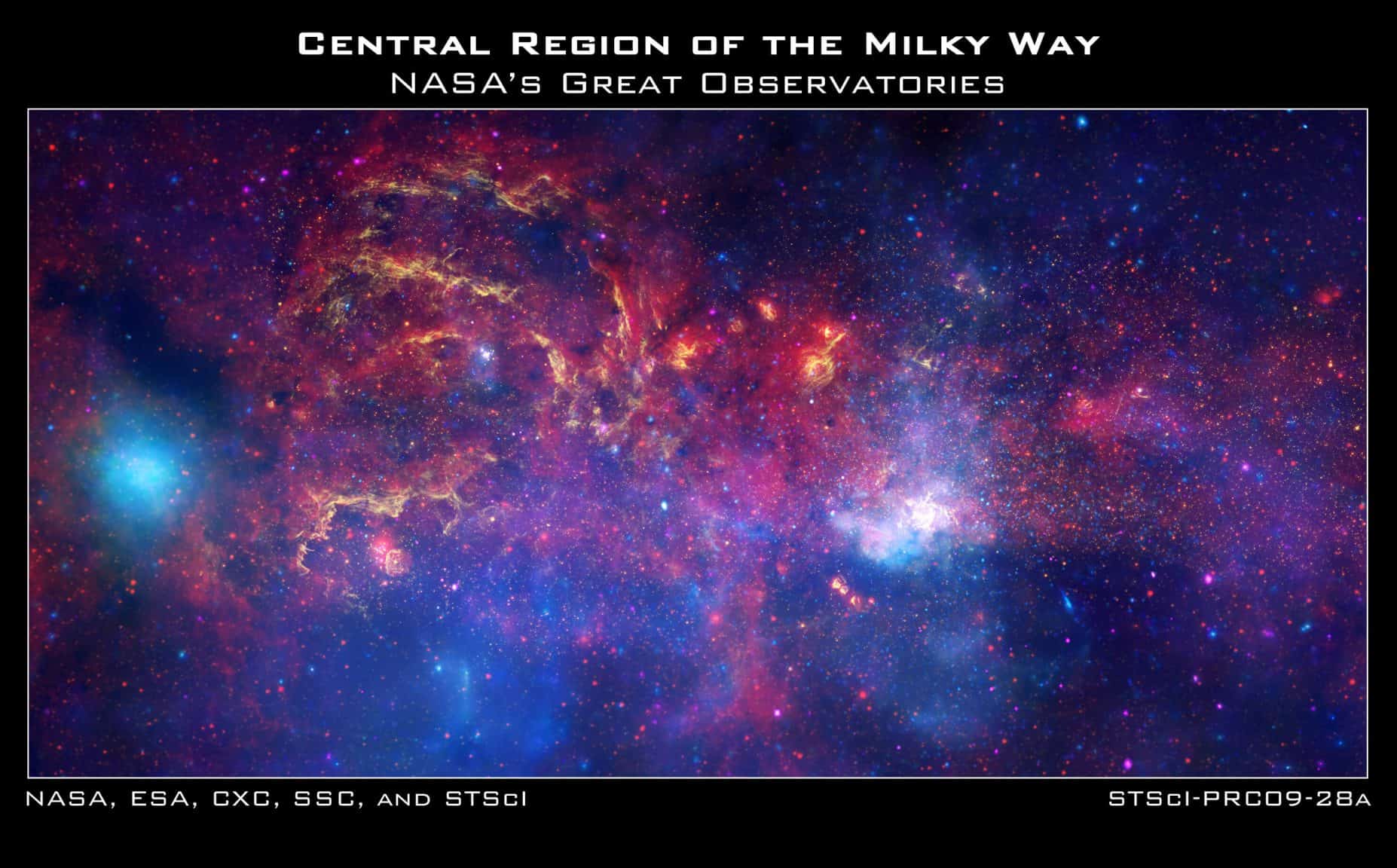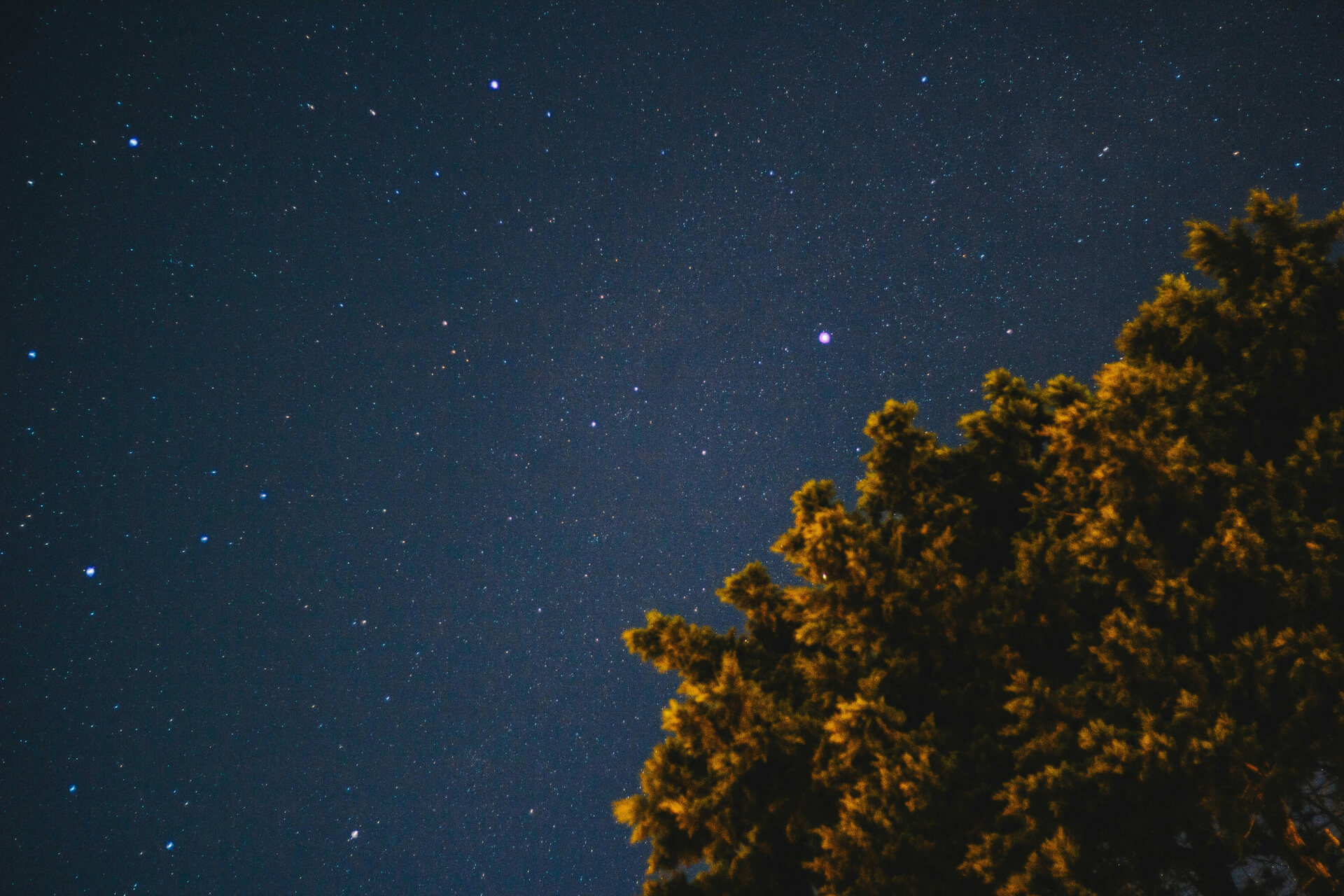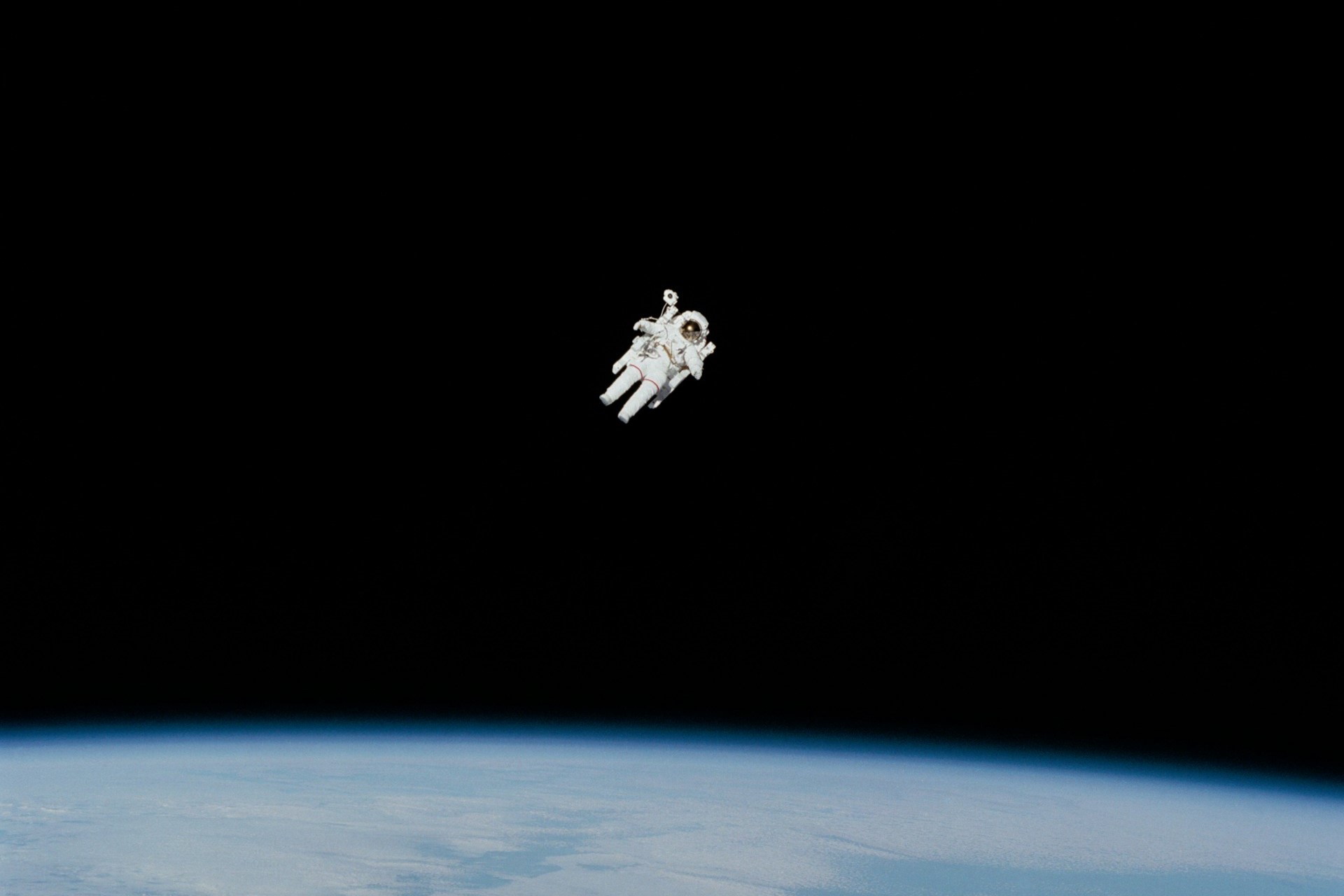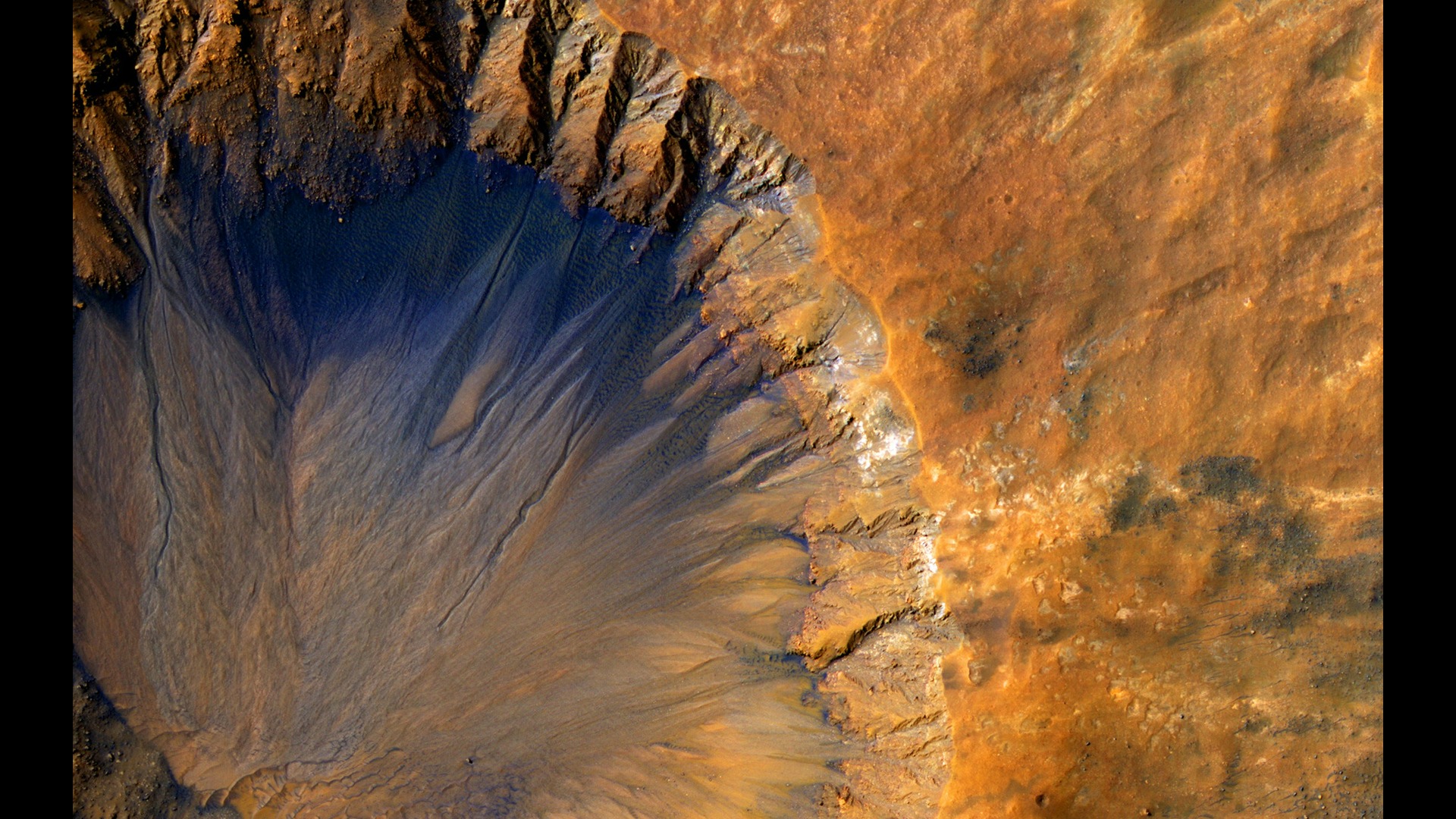
What Made the Spitzer Space Telescope Unique?
February 13, 2020 - Emily Newton
Revolutionized is reader-supported. When you buy through links on our site, we may earn an affiliate commission. Learn more here.
The universe continually sends signals to Earth in the form of radiation, but the atmosphere blocks most of them. Telescopes can help researchers learn new things about the universe that were previously hidden. Some had near-infrared capabilities, but the Spitzer Space Telescope went far beyond and could see infrared radiation.
Having launched the telescope on Aug. 25, 2003, NASA retired the spacecraft on Jan. 30, 2020. Although your first emotion after hearing that news may understandably be sadness, it’s important to celebrate Spitzer’s amazing legacy and take a look at some of the things it accomplished.
How Does Spitzer Space Telescope Function?
This spacecraft is the first telescope to see light from a planet outside our solar system. It has a 33-inch scope and three cryogenically cooled science instruments with large-format infrared detector arrays. This arrangement allows the telescope to examine the cosmos at infrared wavelengths ranging from 3 to 180 microns. Consider that human hair has an average diameter of 50 microns, and it’s clear that Spitzer has some impressive capabilities.
For example, even though the telescope’s mirror is only 1 meter in diameter, it’s more powerful than a ground-based telescope with a 10-meter diameter mirror. Another reason why the Spitzer Space Telescope is so useful is its Earth-trailing orbit. The telescope was the first to because it was the first spacecraft to have operate this way. More specifically, unlike some telescopes that circle the Earth, Spitzer goes around the sun.
This trajectory lets the telescope have a view limited only by the sun. The sun and Earth limit telescopes circling the Earth as each object passes in front of the scope. Although what Spitzer can see changes as it moves, the telescope’s visibility encompasses about one-third of the sky at any given time.
This infrared space telescope weighs 110 pounds, due in part to it being almost completely constructed from beryllium. That’s a lightweight but extremely strong material that’s ideal for infrared telescopes since it can cool down quickly. One of the challenging things about Spitzer’s design is that the telescope components must stay extremely cold. However, the electronic equipment that controls the spacecraft needs a room-temperature environment.
What Were Some of Spitzer’s Early Achievements?
The first major accomplishment during its mission was collecting data that allowed scientists to see the first stars. In 2008, after gathering information about the Milky Way for five years, the telescope enabled NASA to produce a photo of the galaxy that measured 180 feet long if printed out.
Those two achievements were part of what NASA called the telescope’s “cold mission.” However, in May 2009, Spitzer ran out of the cryogen that kept its telescopic instruments cool. That meant it could no longer look at the coldest parts of space, but NASA transitioned to Spitzer’s “warm mission.” It entailed 10 large-scale missions, plus an assortment of smaller ones.

Transitioning to the Warm Mission Phase
During the warm mission, the Spitzer Space Telescope provided new information about parts of space that anyone with a casual interest could get excited about. For example, it discovered a previously unknown ring of Saturn that had a different size, angle and thickness compared to the others.
Due to the prolonged usage period of Spitzer, it’s easy to imagine some of its findings inspiring schoolchildren who have since decided that they want to pursue astronomy careers as adults. One of the most notable outcomes of the warm mission was the telescope confirming the presence of the TRAPPIST-1 dwarf star. TRAPPIST-1 has seven exoplanets orbiting it that are as large as the Earth. Spitzer made that discovery with the help of ground telescopes.
Scientists didn’t intend to rely on Spitzer to study exoplanets. However, they discovered it was a useful tool for learning more about exoplanets. Researchers increased Spitzer’s value concerning exoplanets once they became acquainted with the best ways to use it for that purpose. How did they achieve this? They used the telescope’s ability to control unwanted temperature changes and targeting.
The telescope uses what’s called the transit method to fixate on a star and monitor for the periodic fluctuations in brightness that happen if a planet crosses the star’s face. The telescope’s data showed the rocky surface of the TRAPPIST-1 exoplanets, plus helped make that group of seven some of the best-understood ones to-date.
The Spitzer Space Telescope’s Final Period
NASA planned to stop using Spitzer for missions in 2018. However, delays on the James Webb Space Telescope, which will be the Hubble’s successor, made the organization decide to keep it operational until Jan. 30, 2020. Scientists refer to the time between the planned shutdown and the 2020 date as the Beyond Mission.
Spitzer received a command from NASA’s Ground Control to power down into “safe mode.”Now that we’ve reached the end of the telescope’s usage period, it’s important to celebrate the ways it helped move space exploration forward. A replacement telescope could become part of NASA’s budget. While it’s not clear when or if that’ll happen, Spitzer will influence the operation of other telescopes, and that in itself is notable.
The James Webb Space telescope will have some functions similar to Spitzer. Since it will observe from 0.6 to 28 micrometers, it will be able to cover two wavelenths from Spitzer’s warm mission. Astronomers can observe stellar nurseries, exoplanets and more at this range. Unfortunately, it won’t replace everything. It can’t observe very cold dust or the centers of some galaxies.
The team working on the Webb telescope acknowledges that Spitzer taught them crucial information about how to operate an infrared model in space at extremely cold temperatures.
A Time for Hopefulness
Besides the highlights covered here, the insights given by the Spitzer Space Telescope helped researchers write more than 8,700 papers related to its discoveries. As it did so, the resultant media coverage of its discoveries helped engage the public. People are more curious about what secrets the universe holds.
Don’t feel disappointed about NASA deciding to decommission Spitzer. Try to focus on all the incredible conclusions it helped make during the 16 years of use. It’s safe to say that the information captured by Spitzer will shape future space exploration for the foreseeable future.
Featured Image Credit: NASA
Revolutionized is reader-supported. When you buy through links on our site, we may earn an affiliate commission. Learn more here.
Author
Emily Newton
Emily Newton is a technology and industrial journalist and the Editor in Chief of Revolutionized. She manages the sites publishing schedule, SEO optimization and content strategy. Emily enjoys writing and researching articles about how technology is changing every industry. When she isn't working, Emily enjoys playing video games or curling up with a good book.







